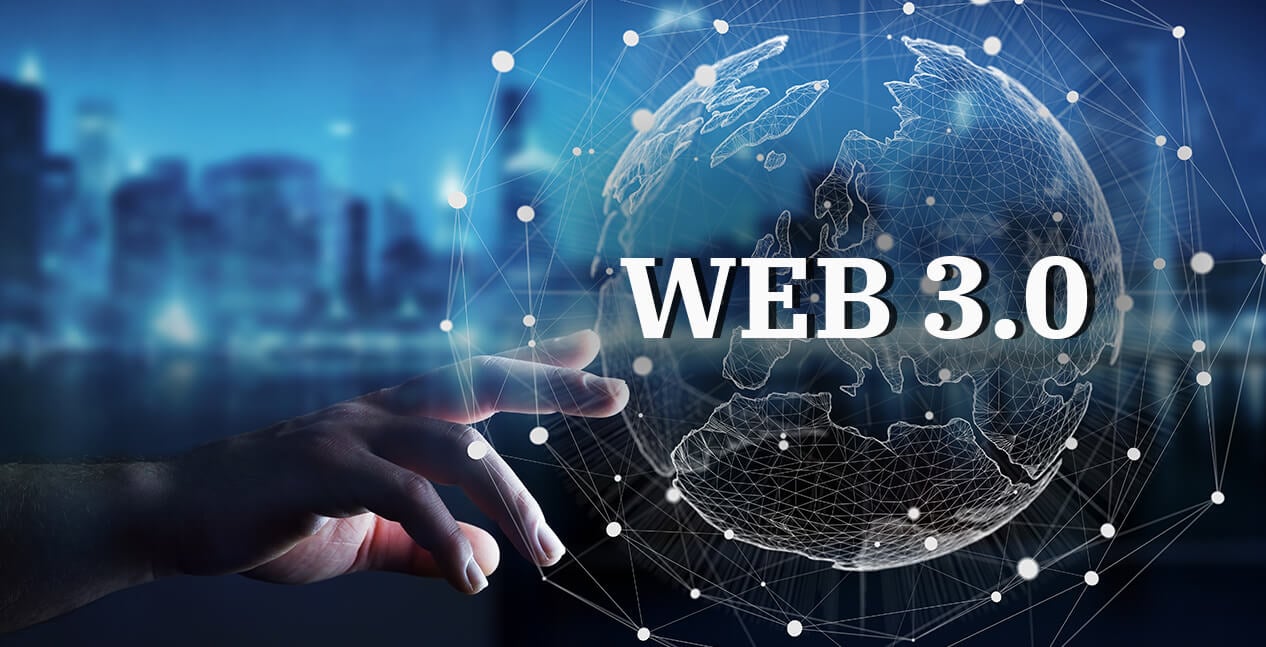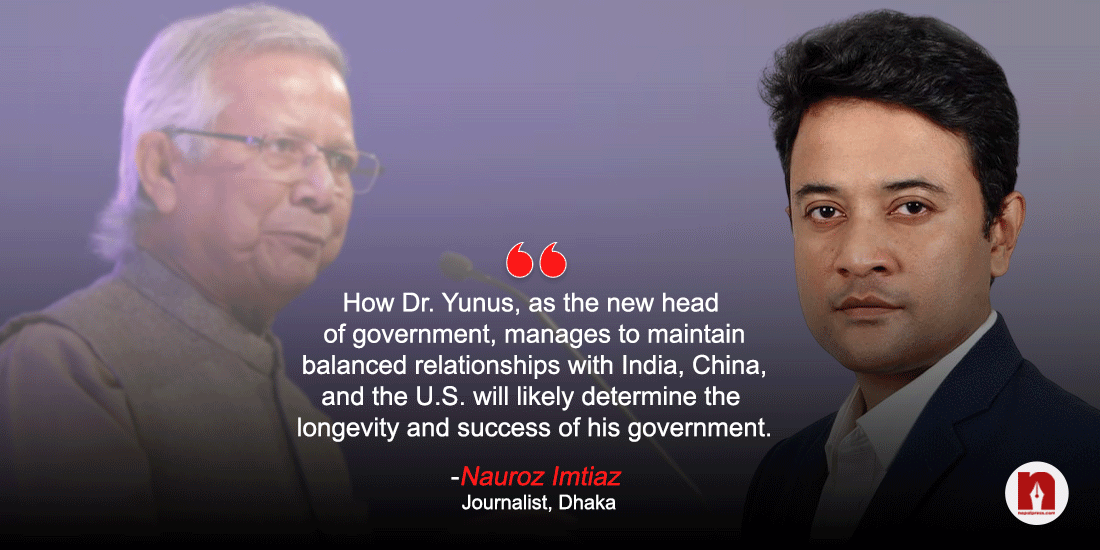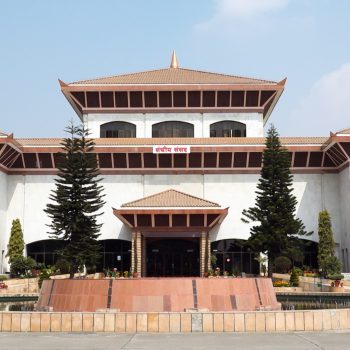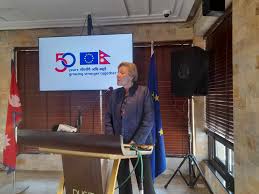Unleashing Web 3.0: A decentralized revolution empowering the internet

Step into a realm where decentralized networks and blockchain technology reign supreme. It’s time to bid farewell to the confines of Web 2.0 and embrace the revolutionary potential of Web 3.0. This new era promises a paradigm shift in how we interact, transact, and share information on the internet.
Brace yourself for a thrilling journey through the meaning, features, benefits, and even the challenges that await in this captivating landscape of Web 3.0. Get ready to explore the limitless possibilities and discover why Web 3.0 is set to redefine the very fabric of our digital existence.
Web 3, also known as the decentralized web or Web 3.0, is an evolving concept that represents a vision for the future of the internet. It aims to address some of the limitations and challenges of the current web infrastructure by leveraging blockchain technology and decentralized protocols.
It envisions a more decentralized, open, and user-centric internet ecosystem. Web 3 seeks to empower individuals, foster trust, enhance privacy, and enable peer-to-peer interactions. It is built on emerging technologies, such as blockchain, decentralized protocols, and cryptocurrencies.
Features of Web 3
- Decentralization: Web 3 emphasizes decentralization, which means that control and ownership of data and services are distributed among participants rather than being centralized in the hands of a few entities. Blockchain technology plays a significant role in achieving decentralization.
Example: Ethereum is a blockchain platform that enables developers to create decentralized applications (DApps) using smart contracts. These DApps can operate without the need for intermediaries, providing users with more control over their data and interactions.
Interoperability: Web 3 aims to enable seamless interoperability between different platforms, applications, and services, allowing data and value to flow freely across various systems. This helps create a more connected and efficient digital environment.
Example: Polkadot is a multi-chain platform that facilitates interoperability between different blockchains. It allows independent blockchains to communicate and share information securely, enabling the exchange of assets and data across different networks.
- User empowerment: Web 3 focuses on giving users greater control over their online identities, data, and digital assets. It aims to provide individuals with increased privacy, security, and the ability to freely express themselves online.
Example: Brave is a privacy-focused web browser that allows users to have more control over their online experience. It blocks intrusive ads and trackers, and it offers users the option to earn rewards by opting into privacy-respecting advertisements.
- Tokenization: Web 3 leverages cryptocurrencies and tokenization to enable new forms of value exchange, incentivize participation, and create decentralized economic systems. Tokens represent digital assets or utility within a particular network or ecosystem.
Example: Uniswap is a decentralized exchange (DEX) built on Ethereum that allows users to trade cryptocurrencies directly from their wallets. It utilizes tokenized liquidity pools, where users can provide their funds and earn fees in return.
- Privacy and security: Web 3 focuses on enhancing user privacy and security by giving individuals more control over their personal data and reducing reliance on centralized entities that may be vulnerable to breaches.
Example: Brave browser is a privacy-oriented browser that blocks ads and trackers, providing users with a more secure and private browsing experience.
- Smart contracts: Web 3 incorporates smart contract platforms like Ethereum, which allow for the execution of programmable, self-executing contracts, enabling automation and trustless interactions.
Example: Ethereum’s blockchain supports smart contracts. One example is a decentralized crowdfunding platform called Kickstarter, where funds are released automatically to project creators if they reach their funding goal by a certain date.
- Self-sovereign identity: Web 3 emphasizes user ownership and control over their personal data and identity, enabling individuals to manage and authenticate their own digital identities without relying on centralized entities.
These are just a few of the features associated with Web 3. The concept of Web 3 is constantly evolving, and new innovations continue to emerge as the internet evolves towards a more decentralized and user-centric model.
Benefits of Web 3 over current Web 2
Web 3 presents several potential benefits compared to the current Web 2.0 model. Here are some key advantages of Web 3:
- Decentralization and user control: Web 3 promotes decentralization, giving users greater control over their data, digital assets, and online interactions. This reduces reliance on centralized authorities and fosters a more democratic internet environment.
Example: With the Web 3.0 approach, users can have full ownership and control over their digital identities. Self-sovereign identity platforms like uPort allow individuals to manage their personal information securely and selectively share it with trusted parties, such as for verification purposes or access to services.
- Enhanced privacy and security: Web 3 emphasizes improved privacy and security measures, safeguarding user data and reducing the risks associated with centralized data storage. Strong encryption and cryptographic techniques ensure the protection of sensitive information.
Example: The Brave browser, built on Web 3 principles, offers enhanced privacy features. It blocks intrusive ads and trackers, protecting users’ browsing habits from being monitored by third parties. Brave also includes a privacy-focused search engine called DuckDuckGo, which doesn’t track or profile users.
- Open and transparent systems: Web 3 fosters transparency by leveraging technologies like blockchain, which provides an immutable and publicly auditable record of transactions. This openness enhances trust and accountability within digital ecosystems.
Example: Ethereum’s blockchain enables the development of decentralized applications (DApps) and smart contracts. These DApps can provide transparent and auditable processes, such as supply chain tracking, where every transaction is recorded on the blockchain, ensuring transparency and trust.
- Interoperability and cross-platform compatibility: Web 3 aims to establish interoperability between different platforms, allowing seamless data and value exchange across diverse networks. This enables the creation of connected and efficient digital ecosystems.
Example: Polkadot, a multi-chain platform, facilitates interoperability between different blockchains. It enables projects on various chains to communicate and share information, fostering collaboration and expanding the possibilities of decentralized applications.
- Tokenization and incentive mechanisms: Web 3 utilizes tokens and cryptocurrencies to incentivize participation, reward users, and create decentralized economic systems. Tokenization unlocks new possibilities for value exchange and economic models.
Example: The decentralized finance (DeFi) ecosystem on Ethereum showcases tokenization and incentive mechanisms. Projects like Compound and Aave allow users to lend and borrow cryptocurrencies, earning interest or fees as incentives. This enables individuals to access financial services without relying on traditional intermediaries.
- Innovation and empowerment: Web 3 encourages innovation by providing a fertile ground for developers and entrepreneurs to create and deploy decentralized applications. It empowers individuals by granting them greater agency and control over their online experiences.
Example: The Web 3 space has seen the emergence of NFT platforms like OpenSea. Artists can tokenize their digital artwork as non-fungible tokens, enabling direct sales to collectors and retaining more control over their creative works.
These potential benefits of Web 3 showcase its potential to revolutionize the internet by prioritizing user control, privacy, security, transparency, and innovation. While these advantages are promising, the Web 3 ecosystem is still evolving, and practical implementations are subject to ongoing development and refinement.
Challenges of Web 3
While Web 3 holds many potential benefits, it also faces several drawbacks and challenges when compared to Web 2. Here are some of the key weaknesses or drawbacks of Web 3:
- Scalability: Web 3 technologies, particularly blockchain networks, face scalability limitations. The decentralized nature of these networks requires all participants to validate and store every transaction, leading to potential bottlenecks and slower transaction processing times. For example, Bitcoin’s blockchain has a limited transaction throughput, resulting in slower confirmation times and higher fees during periods of high network congestion.
- User experience: Web 3 applications often provide a different user experience compared to their Web 2 counterparts. Decentralized applications (DApps) can have a steeper learning curve and may lack the polished user interfaces seen in centralized applications. Interacting with blockchain networks typically involves additional steps, such as managing wallets and dealing with transaction fees, which can be unfamiliar and potentially confusing for non-technical users.
- Energy consumption: Many Web 3 blockchains, particularly those that rely on Proof of Work (PoW) consensus algorithms, consume significant amounts of energy. The computational power required for mining and securing the network can result in a high carbon footprint. For example, Bitcoin’s energy consumption has raised concerns about its environmental impact, prompting discussions about transitioning to more energy-efficient consensus mechanisms like Proof of Stake (PoS).
- Regulatory uncertainty: Web 3 operates in a regulatory landscape that is still evolving. The decentralized and global nature of these technologies poses challenges for traditional legal and regulatory frameworks. Governments and regulatory bodies are grappling with how to address issues such as taxation, data privacy, and illicit activities facilitated by decentralized systems. The lack of clear regulations can create uncertainty and limit mainstream adoption.
- Challenges of interoperability: While Web 3 aims to promote interoperability, achieving seamless communication and data sharing between different blockchain networks and protocols remains a challenge. Each blockchain often operates as a separate silo, and transferring assets or data between them can be complex. This fragmentation hinders the development of a truly interconnected decentralized ecosystem.
- Complexity and development challenges: Developing Web 3 applications requires specialized knowledge and skills. Building decentralized applications and smart contracts can be more complex than traditional web development, requiring expertise in blockchain programming languages and understanding of underlying protocols. The nascent state of Web 3 tooling and infrastructure also presents challenges for developers, limiting the ease and speed of application development.
- Adoption and network effects: Web 3 platforms face the challenge of achieving widespread adoption and network effects. While decentralized networks offer compelling features, the majority of internet users are still primarily using Web 2 applications. For Web 3 to gain traction, it needs to provide significant advantages and incentives that outweigh the familiarity and convenience of existing centralized alternatives.
It’s important to note that many of these weaknesses are actively being addressed by ongoing research, development, and innovation within the Web 3 ecosystem. As the technology matures and scalability, usability, and regulatory challenges are overcome, Web 3 has the potential to offer a more robust and user-centric internet experience.
As we bid farewell to the article and wrap up our journey into the extraordinary world of Web 3.0, one thing becomes abundantly clear: we stand at the cusp of a digital revolution unlike any other. The promises of decentralization, trust, and user empowerment beckon us towards a future where the internet truly belongs to the people. While Web 3.0 may still face hurdles and challenges along its path to widespread adoption, the potential it holds for reshaping industries, safeguarding privacy, and unlocking unimaginable innovation is undeniably captivating. So, fasten your seatbelts, for the era of Web 3.0 has dawned, and it’s time for us to seize the boundless opportunities that await in this brave new digital frontier.
Animation enthusiast Abinash Gajurel is a student. He can be reached at: [email protected]














